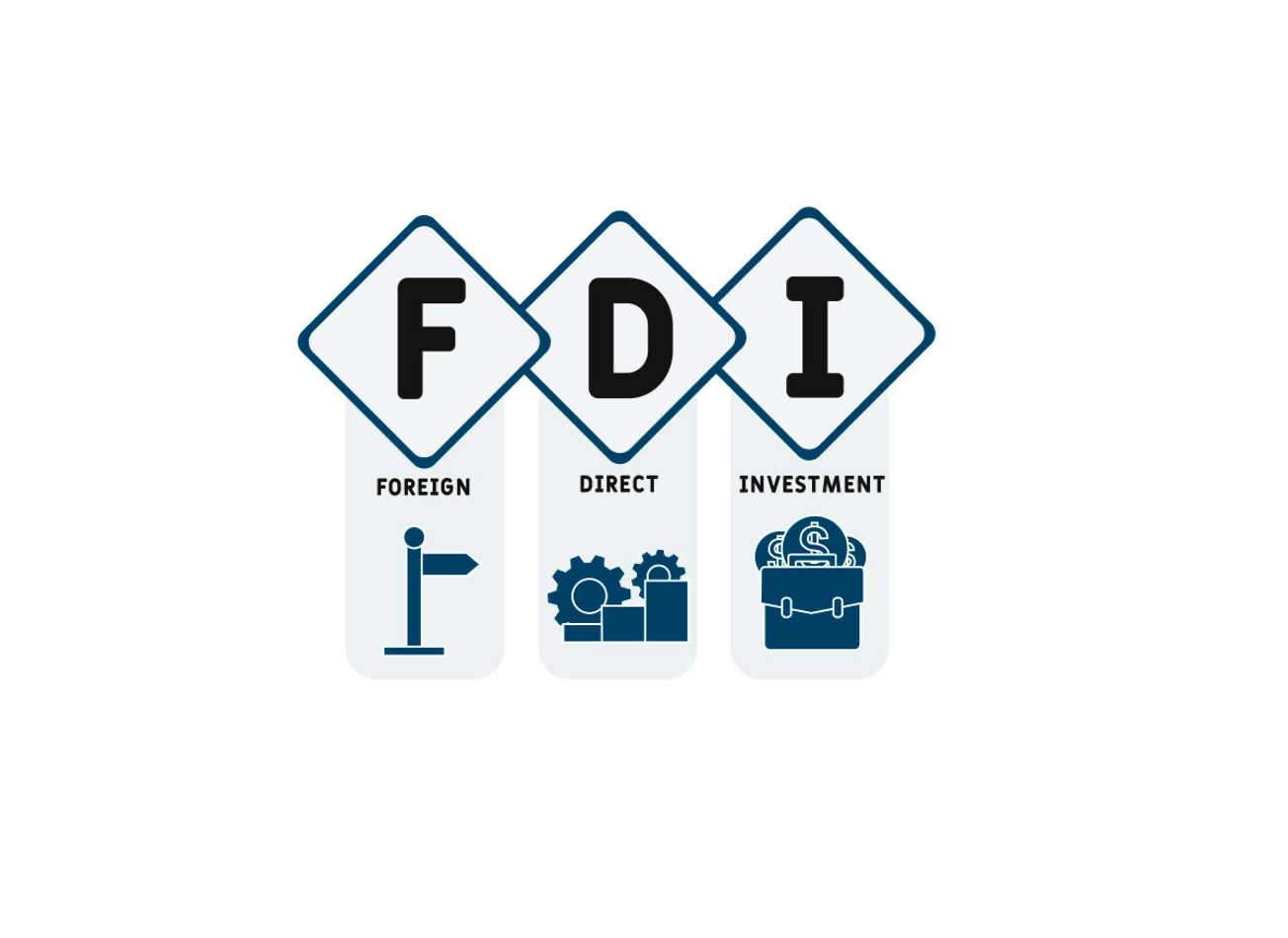Commission Guidance to the Member States concerning foreign direct investment from Russia and Belarus in view of the military aggression against Ukraine and the restrictive measures
On 6 April 2022, two days before the adoption of the fifth package of sanctions against the Russian invasion of Ukraine, the Commission published on the Official Journal of the EU the “Guidance to the Member States concerning foreign direct investment from Russia and Belarus in view of the military aggression against Ukraine and the restrictive measures laid down in recent Council Regulations on sanctions”[1].
Adopted on 19 March 2019 and applied from 11 October 2020, Regulation (EU) 2019/452 (FDI Screening Regulation)[2] established an EU-wide framework for the screening by Member States of foreign direct investments (FDI) into the Union on the grounds of security or public order. While not imposing an obligation to establish a FDI screening mechanism, the Regulation aims at coordinating screening mechanisms throughout the EU in order to prevent foreign investors to acquire control of or influence in European undertakings whose activities have repercussions on critical technologies, infrastructure, inputs, or sensitive information.
Each Member State having sole responsibility for its national security, as provided for in Article 4(2) TEU, and in accordance with the right of each Member State to protect its essential security interests, as laid down in Article 346 TFEU, FDI regimes remain under the Member State responsibility, being the only one able to determine its own national interest and acting accordingly by accepting or rejecting an FDI.
While stressing the distinction in terms of purpose and way of operating between FDI screening and sanctions, the latter widely employed by the EU to condemn the military aggression against Ukraine (a regular updated synthesis of the EU sanctions on the matter is available here), the Guidance highlights the strategic dimension of FDI pointing out that “[i]n the current circumstances, there is a heightened risk that any investment directly or indirectly related to a person or entity associated with, controlled by or subject to influence by the Russian or Belarusian government into critical assets in the EU may give reasonable grounds to conclude that the investment may pose a threat to security or public order in Member States”. Additionally, it remarks that although investments by one or more entities established in the Union do not fall within the scope of the FDI Screening Regulation, the screening mechanisms should provide for the necessary measures to “cover investments from within the Union by means of artificial arrangements that do not reflect economic reality and circumvent the screening mechanisms and screening decisions, where the investor is ultimately owned or controlled by a natural person or an undertaking of a third country” (Anti-circumvention clause, recital 10 and Article 3(6) of the Regulation).
The Annex to the Guidance offers an overview of assets in the EU already under the control or influence of Russia and Belarus. As regards Russia, based on 2020 data, Russian individuals or entities have:
- Control in 17 000 EU companies (out of approximately 23 million EU companies);
- Potentially controlling stakes (i.e. multiple Russian shareholders with an aggregated stake higher than 50 %) in another 7 000 companies;
- Minority stakes in a further 4 000 companies (2000 additional companies have been observed with a reported non-controlling Russian shareholder, for which the amount of stake is not reported).
Among these EU companies under Russian control or influence, assets are held by:
- A natural person in 57,7 %;
- A company in 9,7 %;
- A public authority/state 1,1 %.
Whereas, the main occurring targeted sectors are:
- Wholesale and retail trade (8 137 companies);
- Real estate activities (5 184 companies);
- Professional, scientific and technical (2 993 companies);
- Financial and insurance activities (1 824 companies);
- Manufacturing (1 787 companies);
- Administrative and support services (1 632 companies);
- Information and communication (1 431 companies).
To conclude, this document shows how FDI screening is gradually evolving (or has evolved) from a simple financial instrument into a strategic tool to preserve EU security, preventing foreign persons to access controlled technology, outside or inside the EU (“deemed export”), or get control of critical assets. As such, the FDI screening Regulation has also been included in a toolkit, published on 18 January 2022, to mitigate foreign interference in Research & Innovation[3].
[1] Communication from the Commission, Guidance to the Member States concerning foreign direct investment from Russia and Belarus in view of the military aggression against Ukraine and the restrictive measures laid down in recent Council Regulations on sanctions (Council Regulation (EU) No 833/2014 concerning restrictive measures in view of Russia’s actions destabilising the situation in Ukraine (OJ L 229, 31.7.2014, p. 1) and its amendments and Council Regulation (EC) No 765/2006 of 18 May 2006 concerning restrictive measures concerning restrictive measures in view of the situation in Belarus (OJ L 134, 20.5.2006, p. 1) and its amendments.), OJ C 151I , 6.4.2022, p. 1–12.
[2] Regulation (EU) 2019/452 of the European Parliament and of the Council of 19 March 2019 establishing a framework for the screening of foreign direct investments into the Union, OJ L 79I , 21.3.2019, p. 1–14.
[3] European Commission, Directorate-General for Research and Innovation, Tackling R&I foreign interference : staff working document, 2022, https://data.europa.eu/doi/10.2777/513746.



No responses yet